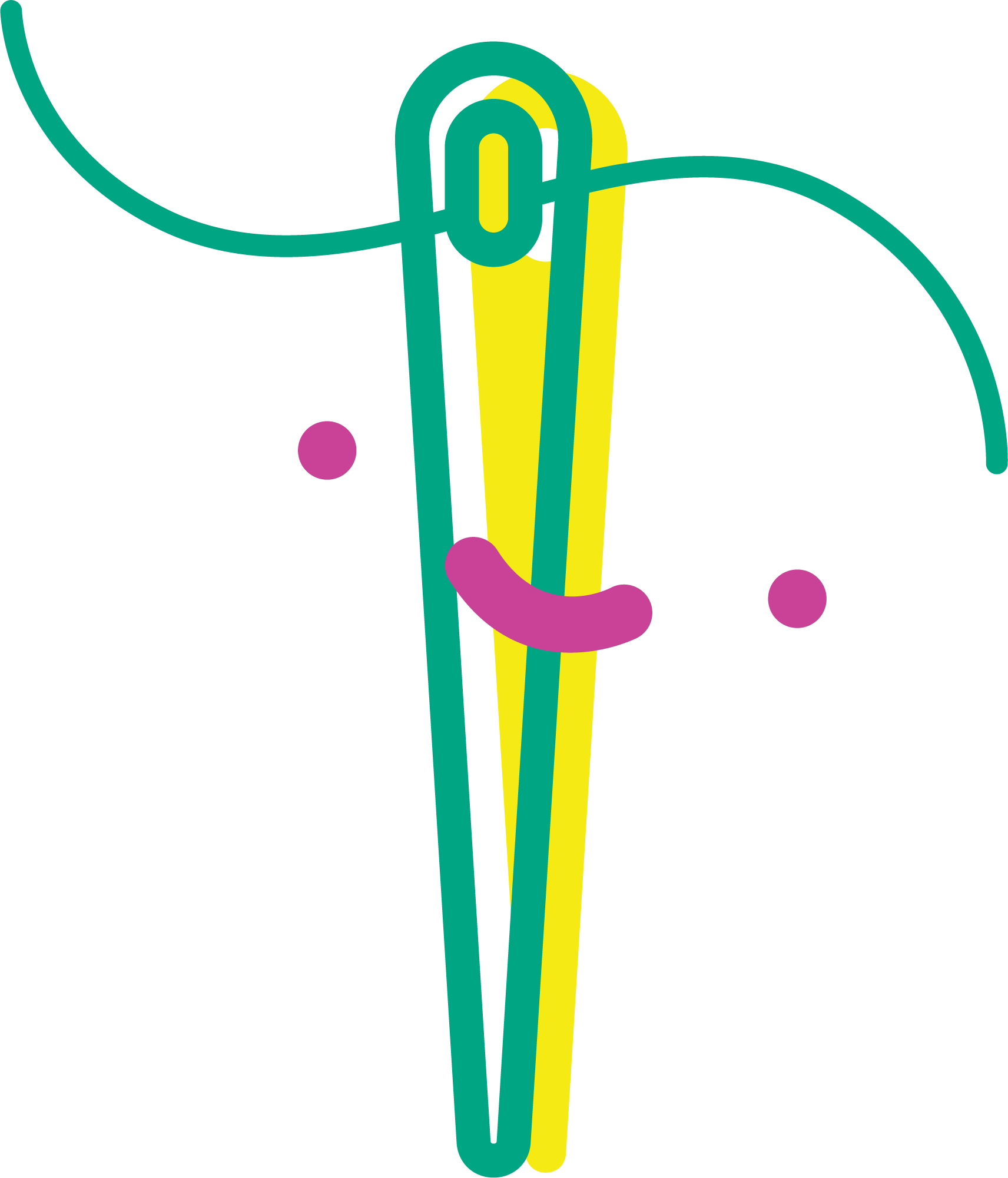Hamper
An app to help you avoid impulse-buying clothing.
I conceptualized an app that tackles the issues of fast fashion and clothing hyper-consumption. Inspired by digital tools used for personal habit-tracking and accountability-keeping, I designed Hamper to incentivize users to shop more thoughtfully and intentionally.
Scope: UX/UI Design, Product Design, Branding Identity
What’s the issue with fast fashion?
(Fast fashion refers to inexpensively made clothing produced rapidly by mass-market retailers in response to the latest trends.)
100 billion
items of clothing are produced every year
92 million tons
of garment and textile waste are discarded annually
is the average rate a garment worker gets paid per piece; most don’t earn a minimum wage
$0.02 – $0.06
8 – 10%
of humanity’s carbon emissions are contributed to by fast fashion
60%
of clothes are made by plastic based materials
3 out of 5
fast fashion items will end up in landfill
earth.org/fast-fashion-facts/We have a problem. People buy too much clothing they won’t keep for a long time or won’t last long too often.
Hamper: an app tackling hyperconsumption through goal-setting.
My solution
Digital tools like planner apps are popular for personal habit-tracking and accountability keeping. This can be applied to shopping habits, too. Hamper allows users to create and keep track of goals based on their clothing consumption habits by setting waiting times before buying an item of clothing. It would also provide users with a checklist of questions to ask themselves before making a clothing purchase. Hamper will challenge users to buy more intentionally and therefore tackle the fast fashion cycle by slowing consumer hyperconsumption habits.
Here’s how I came up with it.
On the surface, the problem seems to lie within a collective shopping addiction issue. How would I incentivize people to buy less clothing, or at least buy more thoughtfully? I knew that to tackle this, I had to look at it from a certain angle: I needed to address how people keep track of their habits. I explored this concept through competitive analysis and conducting user interviews.
Early Insights
I looked at some of the most popular productivity, habit-tracker, and sobriety apps, such as Productive, Habit Tracker, I Am Sober, and Habitica. Some common features I noticed between them were their use of motivating challenges as well as celebratory graphics for when the user reached certain goals and milestones. Habitica in particular stood out to me because it uses RPG elements to gamify goal setting and task completion.
Competitive Analysis
I created a set of questions to ask potential users. I was especially interested in responses to the following:
What practices do you have for keeping track of your goals and habits, if any?
What do you feel are your keys to staying accountable for personal goals and habits?
Do you feel that setting quantitative goals helps you reach them?
Are you inclined to use digital tools (apps, websites, etc.) to support your productivity?
Have you ever used an app to track productivity or habits?
If you have, which ones? What are your experiences with them?
If you haven’t, are there specific reasons why?
User Interviews
Based on my competitive analysis and user interviews, my main takeaways were:
Users need an incentive to complete their goals; if through an app, they respond well to pretty interfaces, gamification, and having some sort of social interaction or community.
Setting quantitive goals helps users stay on track
One user spoke extensively about their experience with Duolingo, a language learning app. I ended up exploring Duolingo myself and found a lot of inspiration. Key features that I found noteworthy:
Users get rewarded with points and badges for completing language learning lessons
The streak feature, which tracks how many days in a row the user has completed a lesson
Fun graphics and microinteractions
Key Insights
Features I wanted to include in my product:
Some sort of rewards-based game that would incentivize users to buy less clothing
A checklist a user could refer to help make better purchasing choices
“Hang-Ons”—clothing users could list and set a designated waiting time before purchasing
Design Strategy
Sketches + Lo-Fi Prototyping
After plenty of brainstorming and research, I found that the word “hamper” has two meanings that both relate to my app—a hamper holds piles of clothing, and to hamper with something means to hinder its progress. Since the app has to do with fashion and with delaying purchases, I thought it would be the perfect app name.
I knew green and pink would be the main colors of the app when I started conceptualizing as it felt both environmental and fashion-centered. I based the rest of the color palette around these two shades, making sure to include a variety of light, bright, and dark colors.
Brand Identity
Introducing Hamper
Hamper allows users to:
Set a waiting time period to hold off on a clothing item of interest
Earn rewards for successfully waiting out an item
Moodboard around that item
Message friends to exchange thoughts on each other’s hang-on items
It’s not a shopping app.
It’s a think-before-you-buy app.
(HAMPER FOR SHORT.)
There is more work to be done! These are some of my next steps:
Performing user tests
Adding more illustrations throughout the app
Making the rewards system more fleshed out
Add screens of how it would look like to celebrate the user completing (or not completing) a hang-on and accompanying celebratory microactions
























